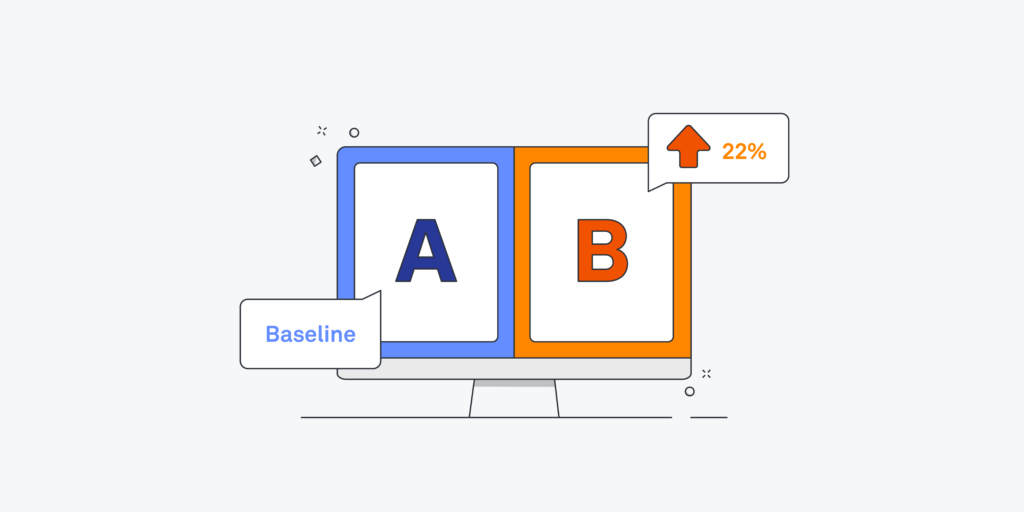When it comes to getting more leads or sales, every small detail on your landing page matters. That’s why A/B testing is one of the most powerful tools in your marketing toolkit. With Leadpages, you can test different versions of your page to see what works, so you’re not guessing—you’re using real data. In this guide, we’ll walk you through exactly how to A/B test landing pages using Leadpages, from setting up your first split test to picking a winner that drives more conversions.
What Is A/B Testing?
A/B testing (also known as split testing) is when you create two versions of a landing page:
- Page A (the control)
- Page B (the variation)
Each version has one small change—like a different headline, image, or button color. Leadpages then shows each version to a portion of your traffic at the same time and tracks which performs better based on your chosen goal (clicks, signups, sales). This helps you make decisions based on facts, not feelings.
Why Use Leadpages for A/B Testing?
Leadpages makes A/B testing easy, even if you’ve never done it before. Here’s what makes it a great platform for split testing:
- Simple page duplication: No need to rebuild anything from scratch.
- Automatic traffic distribution: Easily split visitors between two versions.
- Built-in analytics: See which page performs better in real time.
- Drag-and-drop customization: Tweak your variation without touching the code.
- Fast publishing: Launch your test and track results in minutes.
Watch our full YouTube tutorial here for a visual walkthrough:
Step-by-Step: How to A/B Test with Leadpages
Step 1: Sign Up for Leadpages
- Sign up with Leadpages and get started.
Starting from $37/month
Start Your Free Trial
Key FeaturesDrag-and-drop builder for landing pages and websites
Built-in lead generation tools like pop-ups and forms
Funnel builder to guide visitors from sign-up to conversionWhy We Recommend ItLeadpages makes it easy to create high-converting landing pages and sales funnels without coding. It’s perfect for businesses and marketers who want to generate leads, automate sales, and grow their audience
Pros & Cons- Simple and beginner-friendly
- Built-in funnel feature to maximize conversions
- Integrates with major email and marketing tools
- Limited design flexibility compared to advanced website builders
- Some features require a higher-tier plan
- Choose the plan that fits your needs (A/B testing is available on Pro plans and above).
Step 2: Create Your Landing Page
- Head into your Leadpages dashboard.
- Choose a template and build your main landing page (this will be your Control page).
Step 3: Set Up a Split Test
- Click on “Split Test” in your dashboard.
- Select your control page.
- Click “Add Variation” to duplicate the original.
Step 4: Make One Change on the Variation
- Keep everything the same except for one element.
- Examples: Change the headline, button text, or background image.
- This helps you clearly see what change makes the biggest difference.
Step 5: Publish the Test
- Set your traffic distribution (e.g., 50/50 or 70/30).
- Publish both pages.
- Leadpages will start splitting traffic between them automatically.
Step 6: Monitor the Results
- Go to the analytics dashboard.
- Track performance based on your main goal (conversion rate, clicks, form submissions).
- Once one page clearly outperforms the other, stop the test and make the winner your new main page.
Best Practices for A/B Testing
- Test one thing at a time. Don’t change everything, or you won’t know what worked.
- Give it enough time. Run the test until you get a meaningful number of visitors (usually at least a few hundred).
- Use clear goals. Know exactly what you’re measuring (clicks, leads, purchases).
- Keep testing. Once you have a winner, create another variation and test again.
Final Thoughts
If you’re serious about increasing your conversion rate, A/B testing isn’t optional—it’s essential. Leadpages makes it simple to run experiments, track what works, and build landing pages that convert better with every test. Start small. Test your headline. Then, your CTA. Then, your image. Over time, those small wins add up to big results.


